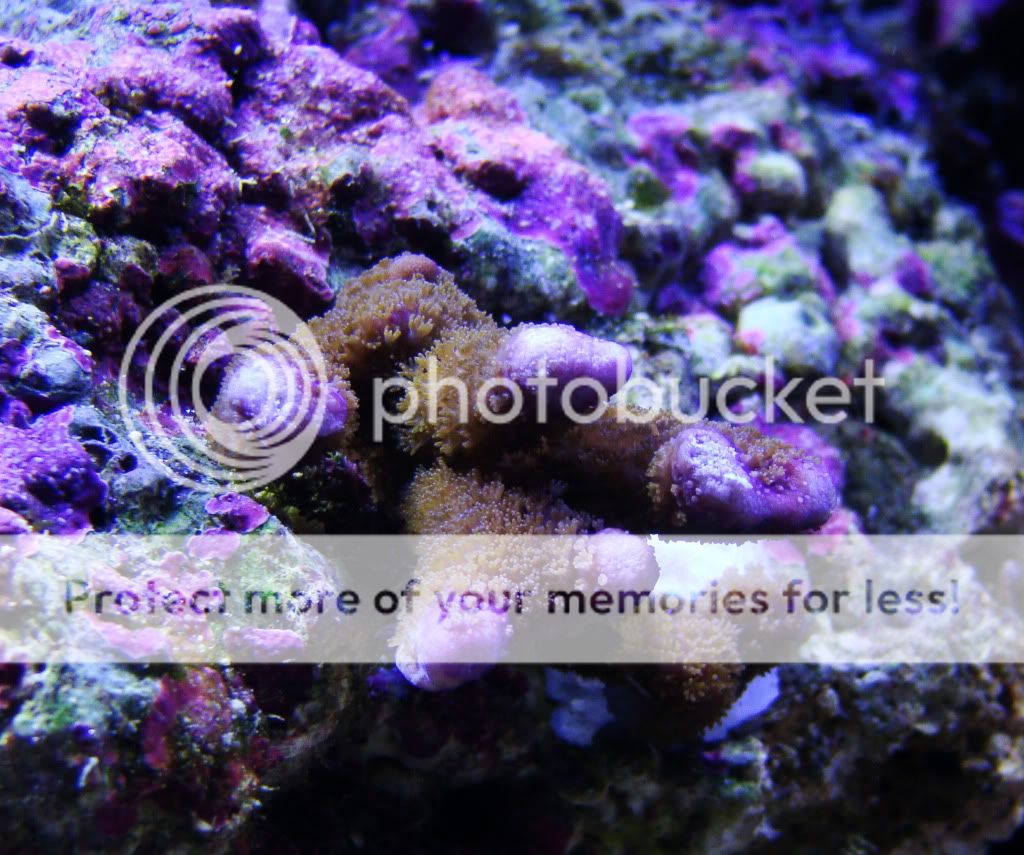der_wille_zur_macht
Team RC
IMHO if you like it the way it is, keep it. Most of these "high power" LEDs are designed to operate at lower currents than many people run them at, and efficiency (lumens per watt) drops off above a certain point. For instance, the XR-E Q5 bin is rated at 107 lumens, at 350mA. Bump current up 100% (to 700mA) and you only get about 60% more light.
Now, maybe the extra two or three watts don't matter to you and you just want it brighter.
Now, maybe the extra two or three watts don't matter to you and you just want it brighter.







